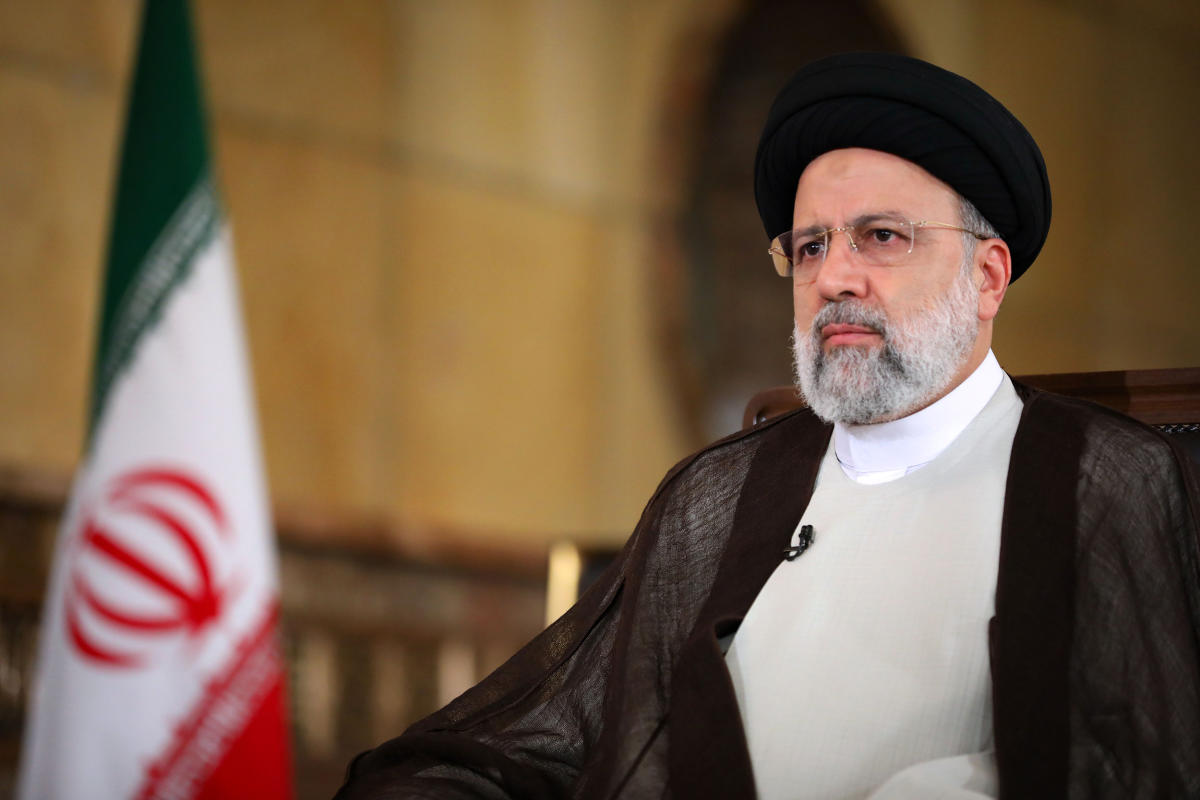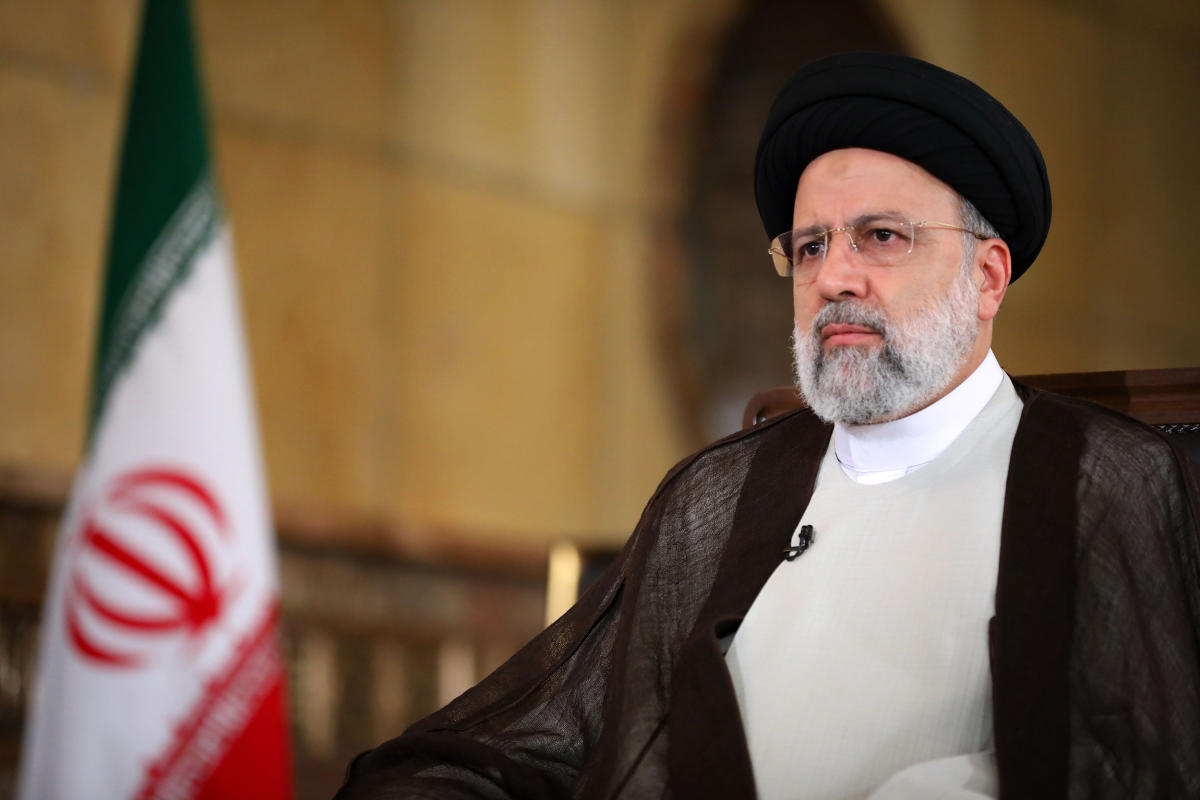
DUBAI, United Arab Emirates (AP) — Iranian anti-government protesters chanted from windows and rooftops in parts of Tehran early Thursday, but there were no reports of street protests in the country’s capital, where authorities have waged a fierce crackdown in recent days.
It was not immediately clear whether that signaled a decline in the nationwide protests over the death earlier this month of 22-year-old Mahsa Amini, who was detained by the morality police for allegedly wearing the mandatory Islamic headscarf too loosely. Her death has triggered an outpouring of anger at the country’s ruling clerics.
Iranian media have sporadically covered the demonstrations since they began. That they did not report any new protests in Tehran could mean that there weren’t any or that authorities have tightened media restrictions.
There was also no sign of burned trash cans or rubble in the streets of central Tehran early Thursday, as there had been following previous nightly street protests.
Tehran’s provincial governor, Mohsen Mansouri, was quoted by state media as saying the protests in the capital have ended and security has been restored. But people could be heard chanting “Death to the dictator” from buildings, where it is harder for police to arrest them.
It was not immediately clear how extensive the protests were elsewhere in the country. Students have continued to demonstrate on some university campuses, including Shiraz University in the south.
Authorities are still blocking access to WhatsApp and Instagram, social media services used by protesters to organize and share information. They are also heavily restricting internet access in the afternoons to prevent demonstrations from forming.
Iranian police have clashed with protesters in dozens of cities over the past 12 days.
State TV has reported that at least 41 protesters and police have been killed since the demonstrations began Sept. 17. An Associated Press count of official statements by authorities tallied at least 14 dead, with more than 1,500 demonstrators arrested.
Norway advised against all unnecessary travel to Iran and urged its citizens inside the country to “exercise caution and avoid demonstrations and large crowds.”
Authorities have meanwhile arrested Elahe Mohammadi, a journalist who reported on Amini’s funeral earlier this month in the Kurdish town of Saqez. She is among several journalists to have been detained since Amini’s death.
Late Thursday, Iranian media reported the arrest of female songwriter Mona Borzoui and a former soccer player, Hossein Mahini, claiming they were “encouraging rioting.” Iranian hard-liners have regularly urged for the arrest of celebrities and influential public figures who have openly supported the protests. No further details on their arrests were immediately available.
The police say Amini died of a heart attack after being detained by the morality police and was not mistreated. Her family has questioned that account, saying they were told by other detainees that she was severely beaten and were not allowed to see her body.
In a speech late Wednesday, Iran’s President Ebrahim Raisi again vowed to investigate her death but said authorities would not tolerate any threats to public security.
In death, Amini has emerged as an icon of resistance to Iran’s theocracy, which requires women to dress conservatively and cover their hair in public. Authorities have faced waves of protests in recent years, mostly linked to a long-standing economic crisis worsened by international sanctions.
Shirin Ebadi, an Iranian activist who won the Nobel Peace Prize in 2003, said the latest protests are different from earlier ones, telling the German broadcaster Deutsche Welle that “there is a possibility of overthrowing the regime.”
“Unlike previous protests, people aren’t passive. When they are beaten by the security forces, they respond by beating the security forces as well,” said Ebadi, who fled the country in 2009 during an earlier crackdown on dissent.
She called on the international community to withdraw ambassadors from Iran and impose sanctions on those involved in killing protesters.
Iran’s leaders have blamed the protests on unnamed foreign entities that they say are trying to foment unrest. The Foreign Ministry summoned the French charge d’affaires on Thursday, accusing French officials of meddling in Iran’s internal affairs by expressing support for the protests, according to Iran’s state-run IRNA news agency.
But even Jomhouri Eslami, a hard-line newspaper, acknowledged in an editorial that the protests reflect real anger.
“In regards to ending the protests, authorities should not think that the discontent is over and will not grow. The current situation is like embers under the ashes, which can flare up again.”




